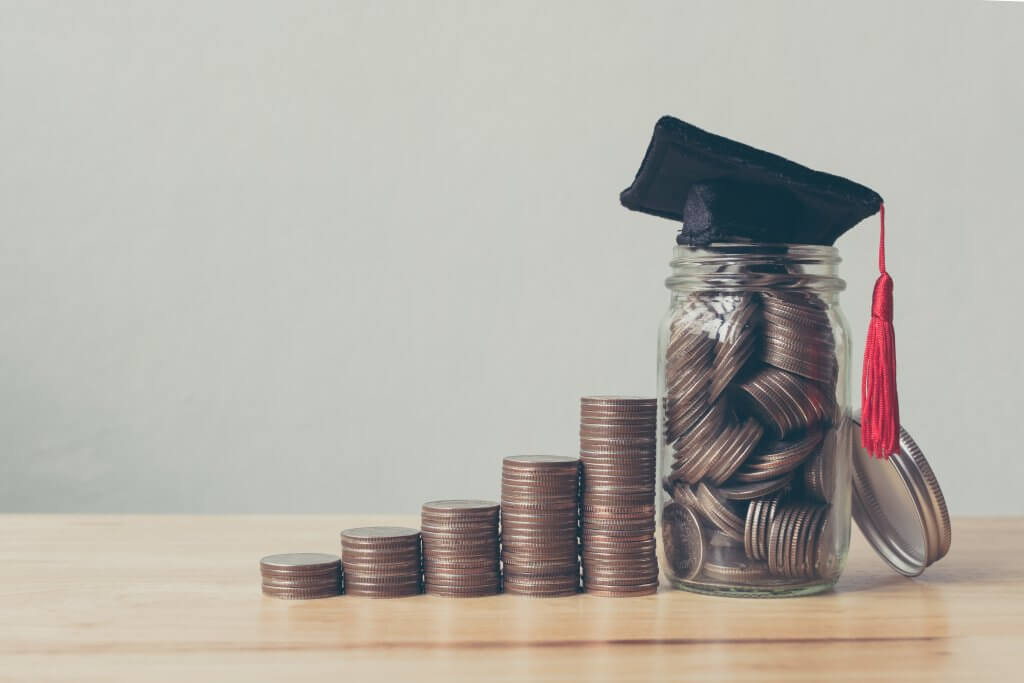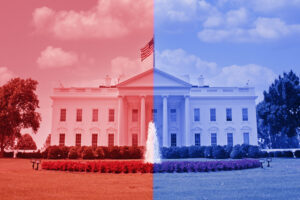Much has been written about the conservative crusade to stop President Biden’s student loan cancellation efforts, including Missouri Attorney General Andrew Bailey’s recent victory in the 8th Circuit Court of Appeals, which blocked the Department of Education from implementing its new income-driven repayment plan, Saving on a Valuable Education (SAVE).
Less noticed was how this stay also harmed the Public Service Loan Forgiveness (PSLF) program. Specifically, the administrative forbearance SAVE enrollees were forced into won’t count toward their PSLF requirements, a dismaying development considering previous forbearances, like the COVID-19 payment pause, did count.
As a millennial nonprofit professional with $40,000 in student loans and less than two years away from attaining PSLF, this game of political one-upmanship has made me increasingly fearful regarding PSLF’s fate and doubtful that the government will honor its promise to forgive my loans after a decade of service.
PSLF was created nearly 20 years ago by a bipartisan act of Congress and signed into law by President George W. Bush. It was designed to ease the burden on public servants who took out loans for higher education by forgiving borrowers who make ten years of payments while employed in specific public service jobs.
Yet, forgiving student loans has now become part of our nation’s increasingly volatile cultural wars, with some arguing about the debt of those with “Ivy League ” educations and the fairness of burdening others with the cost, others believing government and nonprofit sector employees are too well-paid to need forgiveness, and even some cynically viewing it as a means for Democrats to “buy votes .”
While these claims may resonate in a tweet when you’re hoping to impress your base with your MAGA bona fides, like most things in life, the truth requires more than 280 characters. Take my school, for instance. It wasn’t Ivy League. It was public, Division 1-AA, and primarily upper-middle class.
Loan experts say just 0.3% of federal student borrowers attend Ivy League colleges.
I also haven’t conspired to swindle Missouri taxpayers’ hard-earned dollars to fund some lucrative government career living as a coastal elite. Instead, for the past six years, I’ve raised millions to improve the lives of Missouri children who are low-income or in foster care as a nonprofit grant writer, all while earning 36% less than the national average, according to U.S. Bureau of Labor Statistics data for technical writers .
I also make less because I devoted myself to three years of national service. Before I was a grant writer, I was a Peace Corps Volunteer in West Africa for two years. Before that, I was in AmeriCorps, leading volunteer teams to help rebuild Joplin after its devastating EF5 tornado.
I share this not to boast but to offer perspective to those who question PSLF’s societal benefit. Sure, it’s a form of government assistance (not unlike Medicare or Social Security), but it’s one that over 20,000 college-educated yet hard-working Missourians have relied on while serving in roles that typically make less yet greatly benefit our American way of life.
I’m talking about hometown heroes like military members, teachers, first responders, social workers, and nurses.
Even lawyers and doctors have rightfully benefited from PSLF. If the annual salary for an assistant prosecuting attorney in Cole County is $65,000 , yet a Mizzou law student graduates with nearly $70,000 in debt, PSLF offers a crucial incentive for these graduates to enter and remain in essential but lower-paying public sector roles.
Ironically, Bailey’s lawsuit against SAVE, which paused PSLF payment credits, acknowledged the program’s importance as a state recruiting tool. So, one would think PSLF would be immune from conservative flak.
Unfortunately, I’m not buying it.
President Trump repeatedly attempted to eliminate the program in multiple fiscal budgets during his presidency. Even the Heritage Foundation’s conservative manifesto, Project 2025 , wants PSLF terminated because it “prioritizes government and public sector work over private sector employment.”
While the program has a well-documented history of bureaucratic flaws and inefficiencies, we should protect PSLF, not dismantle it. The Biden administration’s regulatory improvements have enabled nearly a million public servants to receive forgiveness, canceling $70 billion in debt. This represents just 2% of total student loan borrowers, only 4% of total student loan debt, and, ultimately, just 1% of annual federal spending.
However, these changes are now at risk thanks to the Supreme Court’s recent decision to strike down the Chevron deference, which allowed federal agencies to craft reasonable regulations to implement vague congressional legislation.
Given how hyperpartisan student loan forgiveness has become, if Republicans win the presidency and both chambers of Congress next year, I see no reason why PSLF would be spared the guillotine.
Would I be grandfathered in as an existing borrower if PSLF is repealed? Does PSLF being built into my master promissory note give me legal standing to file a lawsuit for breach of contract? abound, but no one knows for sure, much can less predict the future.
What I do know is that I am 18 payments from forgiveness after holding up my end of the bargain as a devoted public servant for nearly ten years. I humbly ask whoever is in office next year to do the same and reaffirm their commitment to public servants over politics, for me and the countless others who have dedicated their lives and careers to serving our nation.
This is the “Show-Me State,” after all.
Our stories may be republished online or in print under Creative Commons license CC BY-NC-ND 4.0. We ask that you edit only for style or to shorten, provide proper attribution and link to our website. AP and Getty images may not be republished. Please see our republishing guidelines for use of any other photos and graphics.






Dane Sosniecki